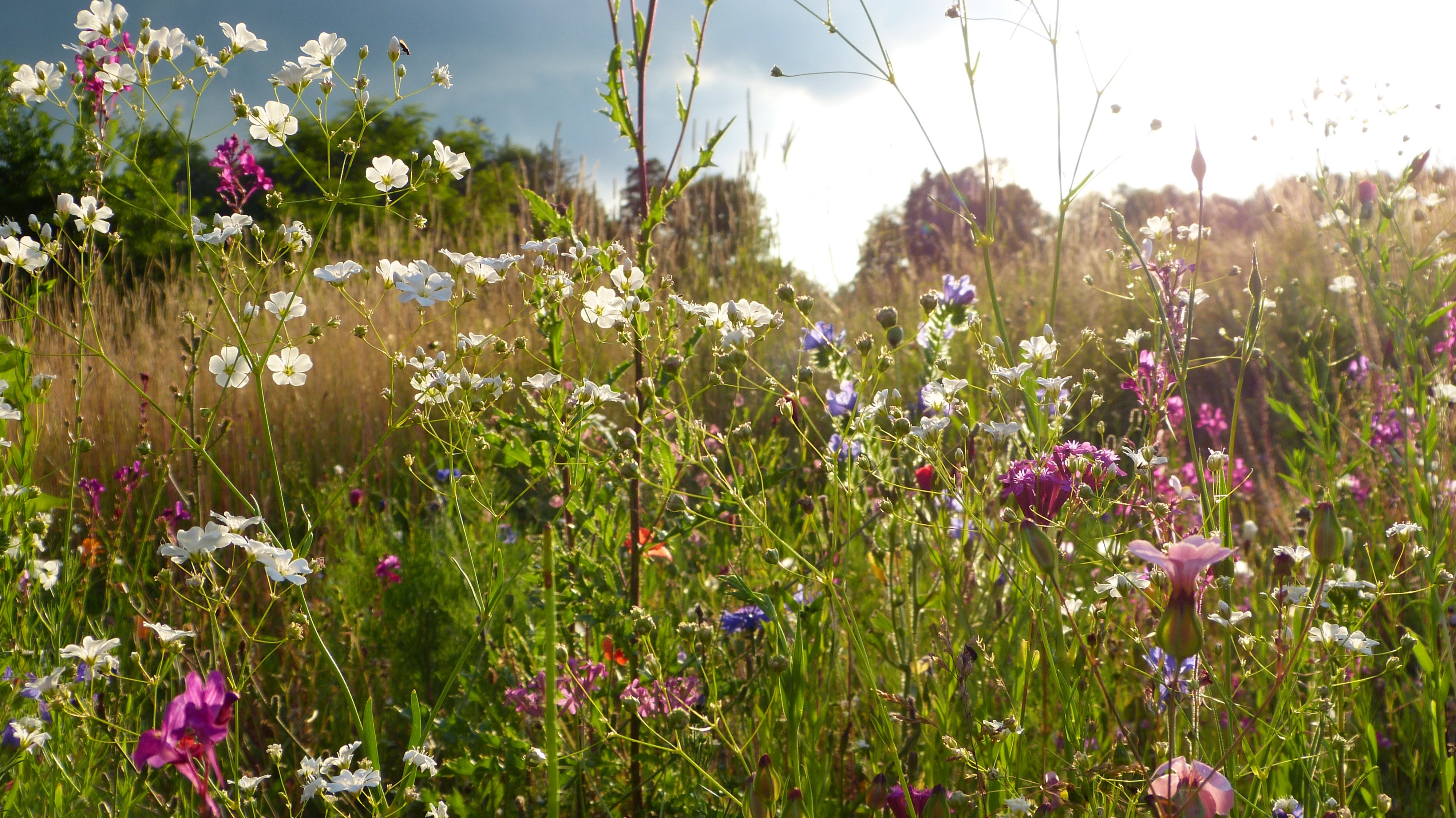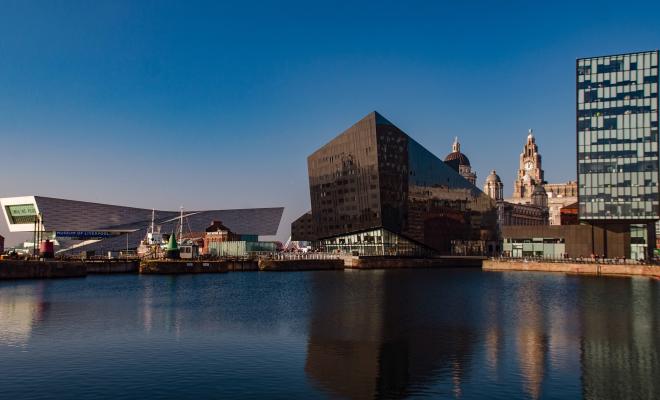03 Dec 2025
This guide complements our template Local Climate Action Plan (pdf).
In this guide we identify actions that parish and town councils can take on climate change and nature. Its purpose is to support those of the 10,000 local councils across England and 750 community councils in Wales who want to “do their bit” in addressing the climate and nature emergency.
Be a force for good
1. Encourage the formation of Climate Action groups
Communities across the country are coming together to take climate action in response to the climate and nature emergency. Climate Action groups will encourage and support you to take local political action, build positive community solutions, and join together to demand national action. Parish, town and community councils should encourage and support the formation of these groups. Check out our resources on setting up your own group.
2. Actively support small and large planning applications for new renewable energy in the area
Planning decisions will be made by the local planning authority, which needs to hear from those that support the applications. The UK needs to increase the amount of renewable energy it generates by around eight-fold.
3. Promote practical action by local people
People can often be at a loss about what they can practically do to reduce their own carbon footprint or support nature. An impartial local guide that provides information on accredited local businesses can be invaluable and help keep money in the local economy. The guide could include information on local accredited energy assessors
4. Bring together groups of people for bulk purchases
The costs of installing solar panels, or other renewable technologies such as heat pumps, should be much lower if done in bulk, street by street, or area by area. A town or parish council can bring together local homeowners and businesses to develop such a scheme – it’s a widely used model in the Netherlands and places such as Suffolk and Frome have done it in the UK. Bulk purchases of energy audits or energy insulation is also possible. Transition Streets is an example of this approach.
5. Develop and promote lift-sharing scheme
By convening local businesses and car-sharing schemes, such as the social enterprise Liftshare, it’s possible to help local people reduce the carbon pollution from car use, save money and foster new friendships. An analysis by Liftshare suggested that 92% of people commuting to work in over 200 locations lived close enough to be able to share a car to work. Lift-sharing may often be a solution for people when public transport, cycling or walking to work isn’t. Car-sharing schemes like the one set up in Somerset for non-commuting journeys should also be promoted.
6. Use your voice
Decisions on infrastructure projects are largely made by local authorities, Local Economic Partnerships, or by national government. But too many of these decisions will increase carbon emissions and / or harm nature. Use your voice when possible to oppose high-carbon developments, promoting sustainable alternatives instead. Press local authorities and MPs to demand national changes to bus services regulations, so all areas can regulate buses as London does, and urban profit-making routes can cross-fund loss making rural routes.
Demonstrate leadership through your own practical actions
7. Save energy
Ensure any council buildings are as energy efficient as possible and any street lighting uses well-directed LED lighting. Getting an energy audit is the first step. Loans for projects in England that have a payback of less than five years are available through Salix funding.
8. Produce green energy
Install renewable energy generation, like heat pumps and solar PV, at council buildings. Heat pumps benefit from a government grant
9. Reduce pesticide use and other harmful activities
It’s possible to reduce activities that harm wildlife, from using peat-free compost to shunning pesticides and ensuring light pollution is controlled. Glastonbury Town Council has stopped using glyphosate weed killer and instead uses a hot foam system.
10. Manage land for nature
Parish, town and community councils can have responsibility for allotments, bridleways, burial grounds, commons and open spaces, and village greens. All of these can be managed to enhance nature, particularly through changing mowing regimes. Friends of the Earth and Buglife have produced a guide to developing an action plan for helping pollinators such as bees.
11. Increase tree cover
Friends of the Earth is campaigning for the UK to double tree cover. The Forestry Commission and others have suggested that even urban areas should aim for at least 20% tree cover.
12. Buy green
Buying local can support the local economy and buying green can help protect the planet, rewarding businesses committed to a better future. Buying green electricity helps develop new renewable energy and ensures the council isn’t supporting dirty energy financially. Friends of the Earth has identified Ecotricity and Good Energy as the greenest energy companies. Buying green can also extend to any food provided at events, including providing mainly plant-based food and less but better meat and dairy.
13. Use green transport
Employees and councillors should be encouraged to walk, cycle or use public transport or car-share. The council should provide bikes or electric bikes for staff as they carry out any work-related trips. It should also provide zero-interest loans for buying bikes. Where a car or van is needed it should be electric only.
14. Minimise waste going to landfill or incineration
In your own operations, ensure all your waste is recycled or composted, but also consider setting-up community recycling facilities for hard-to-recycle items when the local authority hasn’t done so, for example in partnership with Terracycle.
15. Ensure money is invested wisely
Across the UK, local authorities are investing tens of millions of pounds each into fossil fuel companies, despite having declared a climate emergency. Although town council investments will be tiny in comparison, the council should still ensure any council funds are invested safely in low-risk sustainable banks or investment funds.
Use your powers wisely
16. Ensure you know the climate change or nature implications of decisions before you make them
It isn’t credible to accept the need for rapid action on climate change and nature and then make decisions without knowing whether they’ll be harmful or helpful. Requiring every decision to be well informed is common sense as well as good practice. This should extend to demanding that the planning authority provides you with this kind of information when consulting you.
17. Designate sites within the Neighbourhood Plan for trees, renewable energy and nature restoration
In practice, the development of 90% of Neighbourhood Plans is led by town and parish councils working hand in hand with their communities. The Neighbourhood Planning process is far from perfect and very time consuming, but it offers the community the opportunity to show it means business on protecting and enhancing the environment for future generations.
18. Use the Neighbourhood Plan to require new homes to be energy efficient, nature friendly, and located close to public transport and amenities.
Given the climate and nature emergency, it’s unfortunate that the government doesn’t require all new homes to be as sustainable as possible. Neighbourhood Plans will identify sites for future housing and should push for these to be zero-carbon (eg Passivhaus standard) and nature friendly, even though the local planning authority may seek to override this aim. Homes should also be fitted with renewable energy. Homes need to be located close to amenities and public transport to avoid car dependency.
19. Designate safe walking and cycle routes in the Neighbourhood Plan
Identify safe walking and cycling routes and where necessary work in partnership with district and county councils to deliver them. The Propensity to Cycle tool identifies the huge potential for increasing cycling in all areas of the country, particularly with good quality infrastructure, such as segregated cycleways and cycle-parking, and with the use of E-bikes.
20. Use differential car-parking charges to support low-carbon vehicles
Any carparks run by the council should offer low cost or free car-parking to electric vehicles and dedicated spaces with electric charging points.
Acknowledgements
This list of actions has drawn on ideas kindly shared by others including Simon Pickering (Green councillor, Stroud), Robert Vint (Extinction Rebellion, Totnes) and Chris Gittins (Timsbury Parish Council). All three also kindly provided comments on an earlier draft, for which I thank them. This guidance was originally published on Friends of the Earth's Policy website in October 2019. Any mistakes or errors remain those of the author.




